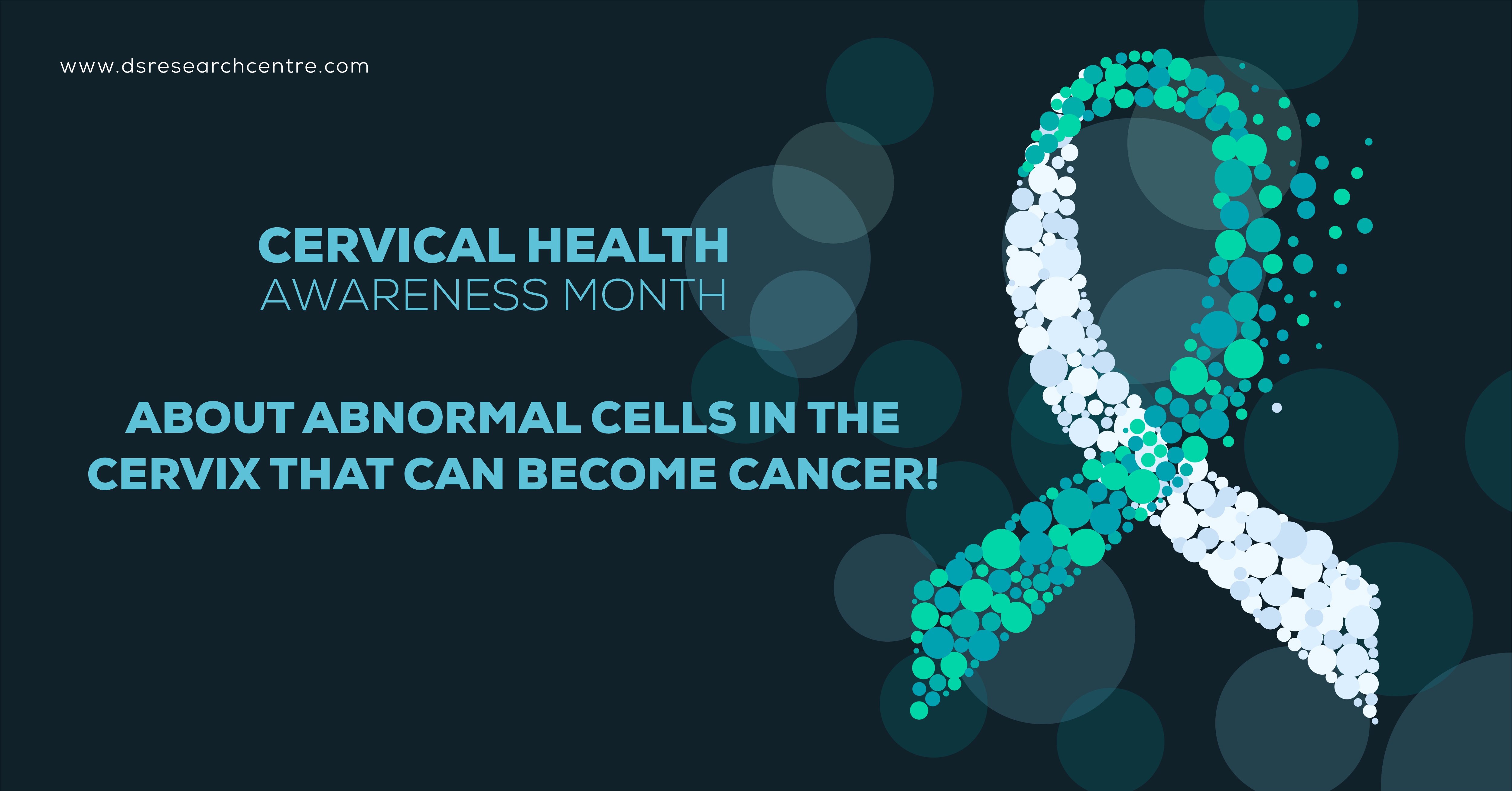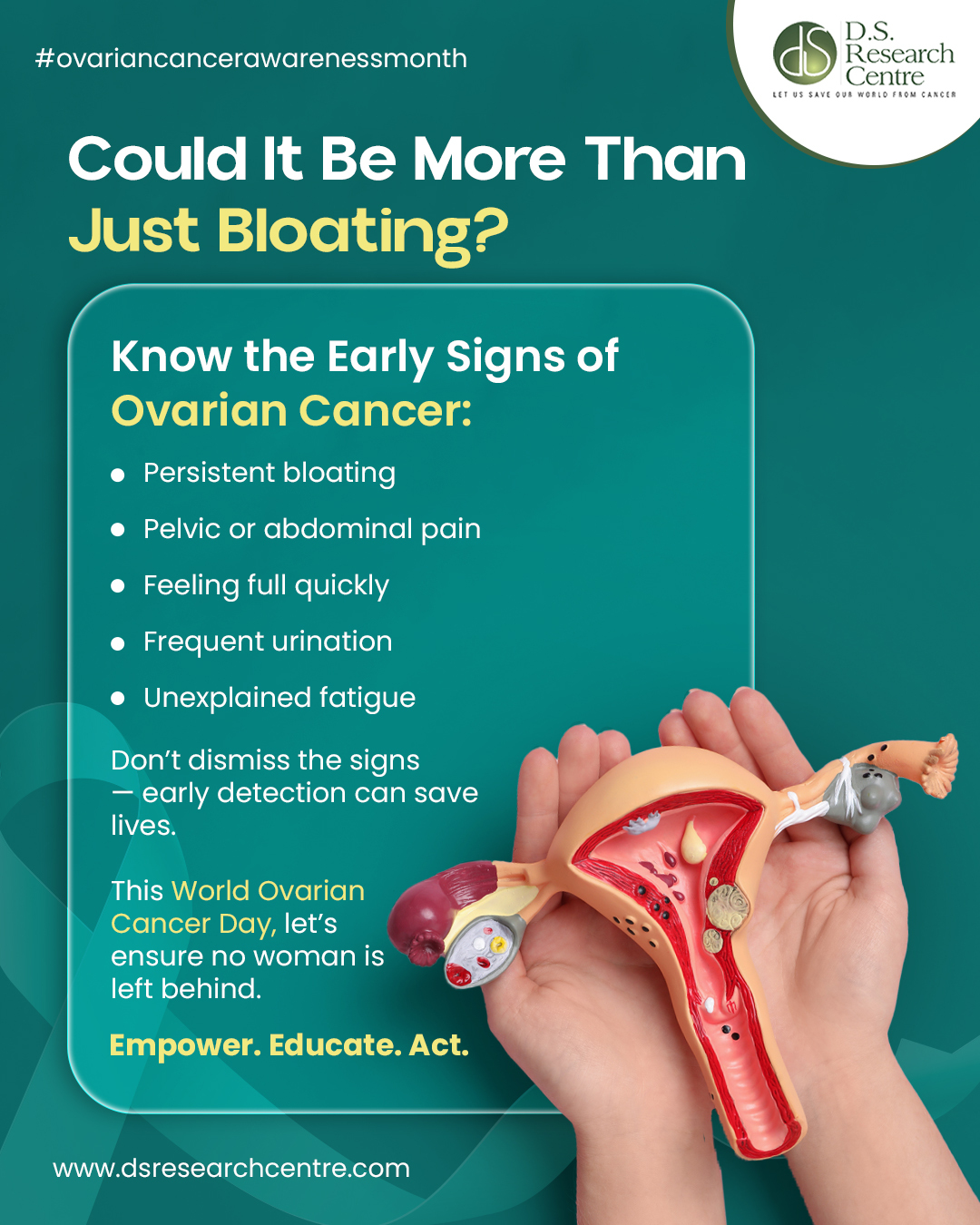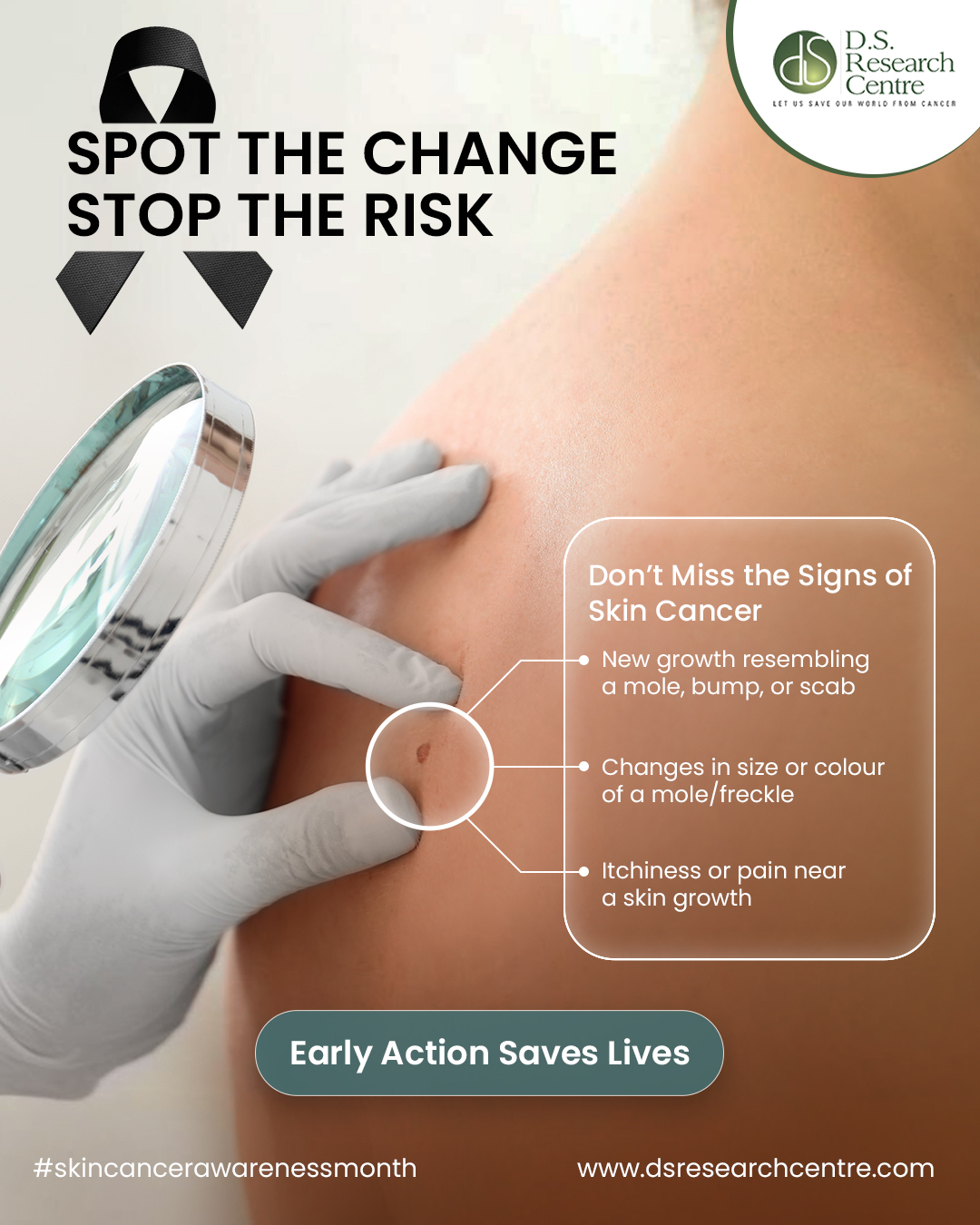World Health Organization identified the top ten issues in women's health and found cancer being the primary among them, others include reproductive health, maternal health, sexually transmitted infections, HIV, mental health, non-communicable diseases,
Cervical cancer is a disease in which cancer cells occur in the cells of the cervix. The cervix is a vital part of the female reproductive system, playing a key role in conception and childbirth
Globally, cervical cancer is the fourth commonest cancer amongst women, particularly those of lower socioeconomic status.
Cervical cancer is associated with human papillomavirus (HPV), which has also been implicated in cancers of the vulva, vagina, anus, and oropharynx. Almost 300 million women worldwide have been infected with HPV, one of the commoners sexually transmitted infections, and 5% of the 13 million new cases of cancer in the world have been attributed to HPV
HPV (human papillomavirus) refers to a group of viruses that are spread via sexual contact. While some may not cause disease at all, others can cause genital warts or warts around the anus, mouth, or throat.
HPV isn’t just responsible for cervical cancers, it can lead to a wide range of other cancers as well. Three percent of all cancers in women and two percent of all cancers in men are caused by HPV. Overall HPV is responsible for:
75% percent of cancers of the vagina
70% of cancers of the vulva
60% of penile cancers and 90% of Anal cancers
WHY DO NORMAL CELLS IN THE CERVIX DEVELOP INTO CANCER CELLS
Cervical cancer remains one of the commonest cancers in developing countries, associated with the human papillomavirus (HPV), an important sexually transmitted disease
Various strains of the human papillomavirus (HPV), a sexually transmitted infection, play a role in causing most cervical cancer.
When exposed to HPV, the body's immune system typically prevents the virus from doing harm. In a small percentage of people, however, the virus survives for years, contributing to the process that causes some cervical cells to become cancer cells
Cervical cancer begins when healthy cells in the cervix develop changes (mutations) in their DNA. A cell DNA contains the instructions that tell a cell what to do
Healthy cells grow and multiply at a set rate, eventually dying at a set time. The mutations tell the cells to grow and multiply out of control, and they don't die. The accumulating abnormal cells form a mass (tumor). Cancer cells invade nearby tissues and can break off from a tumor to spread (metastasize) elsewhere in the body.
The high-risk HPV viruses can cause changes in the cells they infect within the lining of the cervix. These changes cause the cells to begin multiplying excessively, a condition referred to as cervical intraepithelial neoplasia
HOW TO IDENTIFY CERVICAL CANCER
Early-stage cervical cancer generally produces no signs or symptoms.
Signs and symptoms of more-advanced cervical cancer include:
Vaginal bleeding after intercourse, between periods or after menopause
vaginal discharge that may be bloody, white or heavy and have a foul odor
Pelvic pain or pain during intercourse
Types of cervical cancer are:
Squamous cell carcinoma. This type of cervical cancer begins in the thin, flat cells (squamous cells) lining the outer part of the cervix, which projects into the vagina. Most cervical cancers are squamous cell carcinomas.
Adenocarcinoma. This type of cervical cancer begins in the column-shaped glandular cells that line the cervical canal. Sometimes, both types of cells are involved in cervical cancer. Very rarely, cancer occurs in other cells in the cervix
Risk factors for cervical cancer include:
A weak immune system
Poor access to health care for women
Women of low socioeconomic status
Child and forced marriage leading to early sexual activity
Exposure to STIs from multiple sexual contacts of male partners.
All of these factors place them at a higher risk of developing cervical cancers.
How to reduce your risk of cervical cancer:
HPV vaccine. Receiving a vaccination to prevent HPV infection may reduce your risk
of cervical cancer and other HPV-related cancers.
Regular Pap Smear tests. Pap tests can detect precancerous conditions of the cervix, so they can be monitored or treated in order to prevent cervical cancer. Most medical
organizations suggest beginning routine Pap tests at age 21 and repeating them every few years.
Being infected with a cancer-causing strain of HPV doesn’t mean you’ll get cervical cancer. Your immune system eliminates the vast majority of HPV infections, often within two years.
For those with a cervix, there are several methods of routine cervical cancer screening. Over the last 40 years, regular screenings have decreased the number of deaths from cervical cancer. A Pap test or “pap smear” is recommended every three years starting at age 21, and screening between 30 and 65yrs.
IMPROVING WOMEN'S HEALTH IMPROVES
OVERALL POPULATION HEALTH








Posted on April 15, 2016
Posted on April 15, 2016